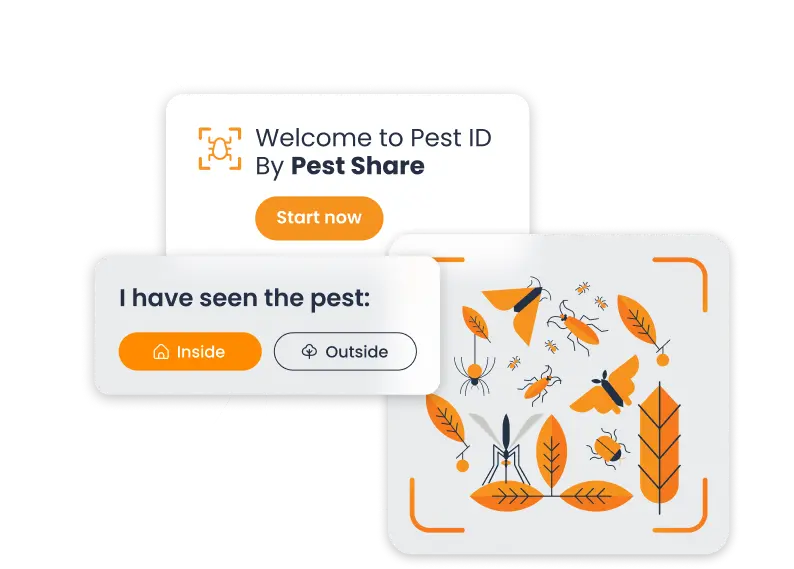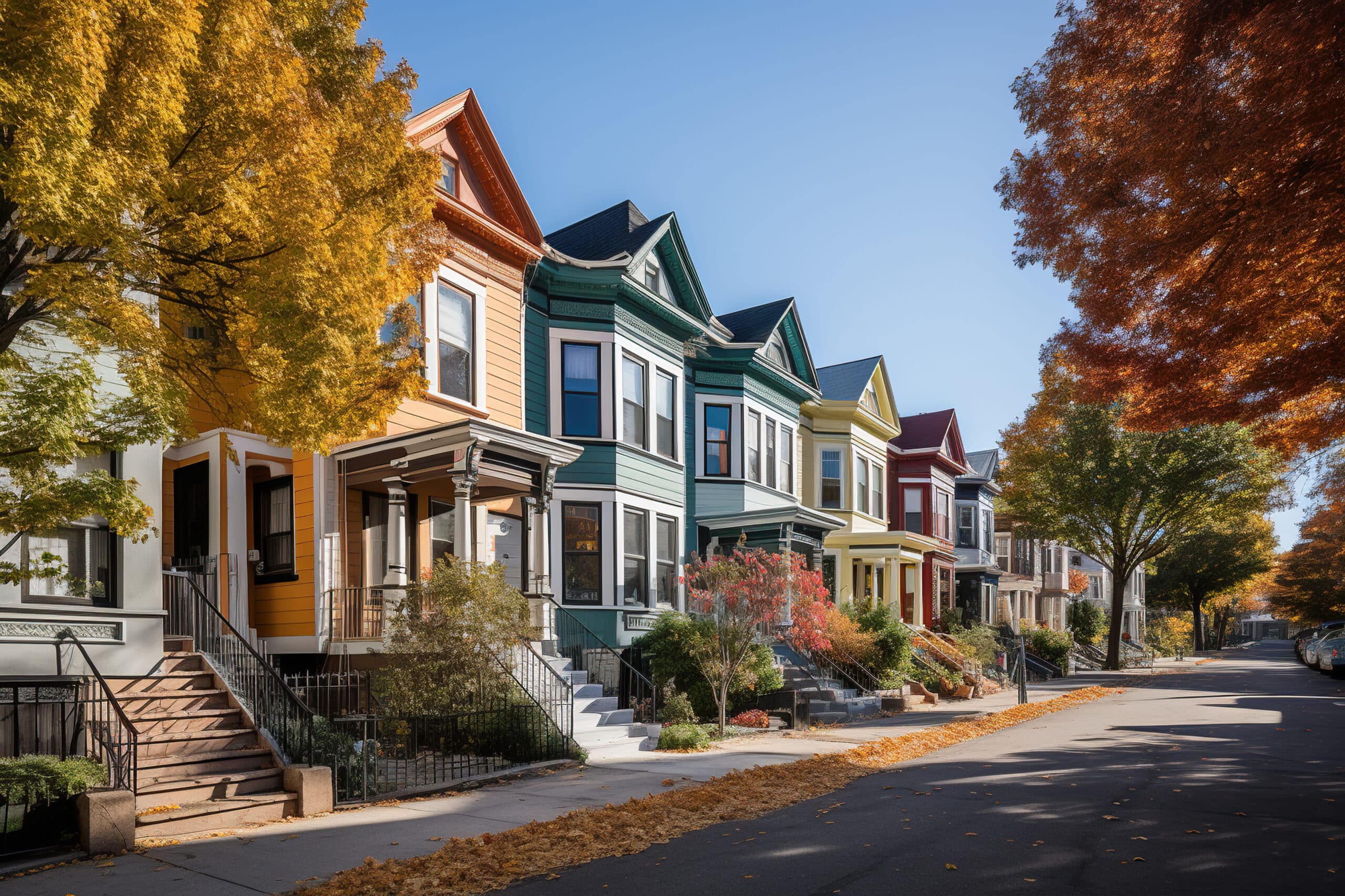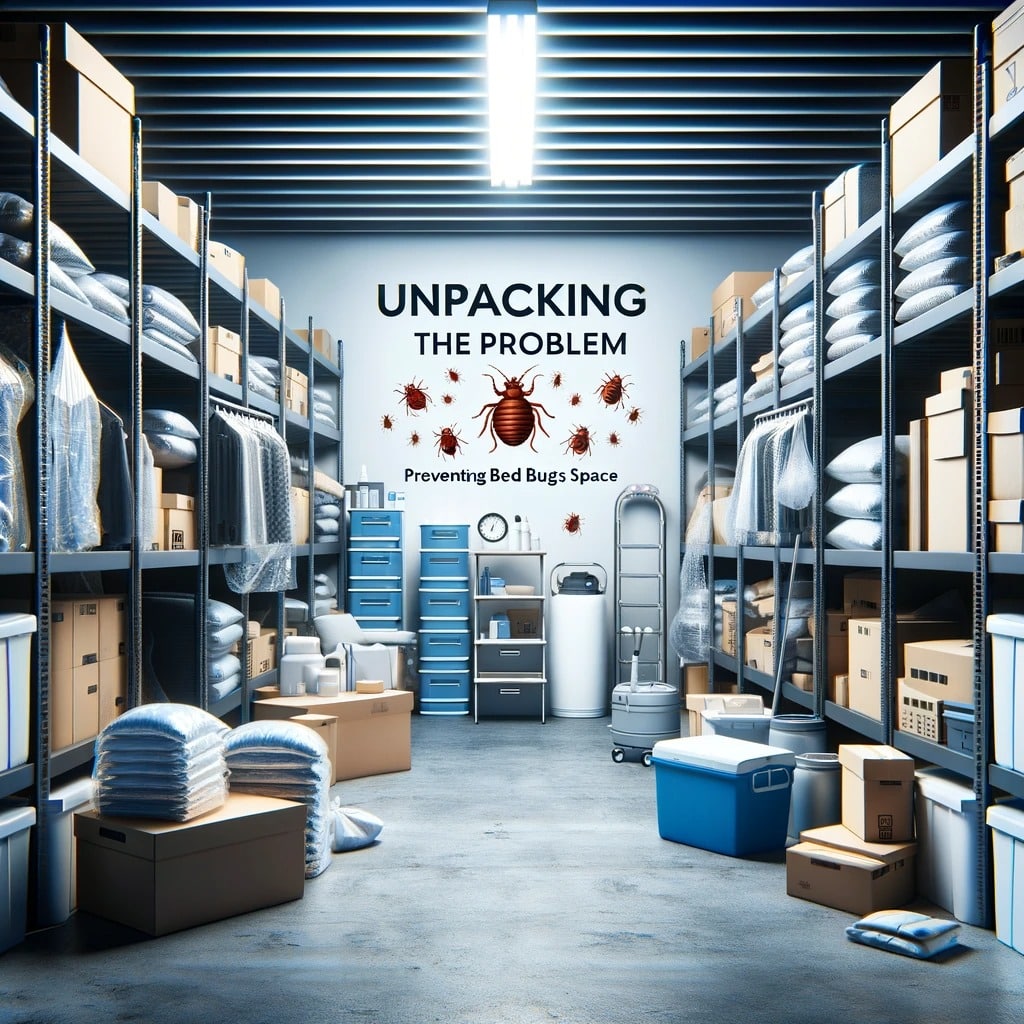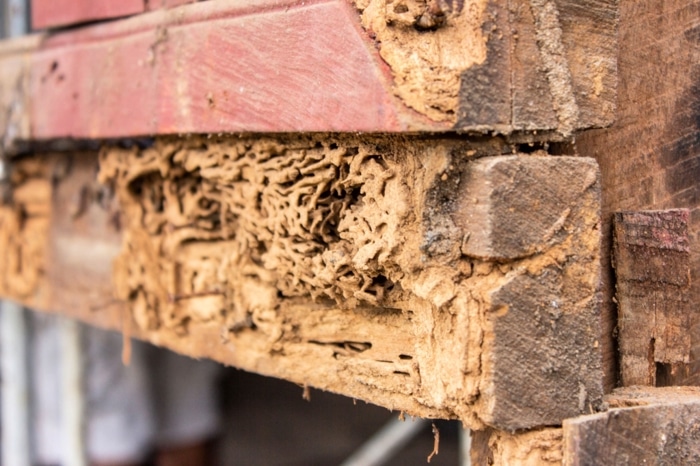Property management is a balancing act, where the slightest oversight can escalate into major tenant dissatisfaction and financial loss, especially when it comes to pest control. Imagine the stress of receiving a pest infestation complaint from one of your tenants in the middle of the night. Traditional pest control methods demand time to arrange a professional visit, leaving tenants unhappy and property managers scrambling for solutions. This scenario highlights the urgent need for a more efficient, responsive approach to pest management—one that remote pest monitoring systems promise to provide.
The Rise of Remote Pest Monitoring
The concept of remote pest monitoring isn’t just a futuristic vision; it’s a practical, modern solution to age-old problems in property management. With the advent of new technologies, the pest control industry is undergoing a significant transformation. These systems offer a way to continuously monitor for pests, using digital technologies to detect and even predict infestations before they become a problem. This proactive approach contrasts sharply with the traditional, reactive methods of pest control, which often only address issues after they have arisen, leading to greater damage and higher costs.

Smarter Pest Control, Fewer Headaches.
Understanding Remote Monitoring Systems
Remote pest monitoring systems are at the forefront of this shift. These systems utilise a combination of sensors, cameras, and other detection devices placed strategically around a property to monitor for signs of pest activity continuously. When pest activity is detected, these systems can instantly alert property managers, allowing for immediate action to be taken. This can range from a simple notification to detailed reports on the type of pest detected, its location, and recommended actions. The integration of Internet of Things (IoT) technology means that these systems can be monitored remotely, offering property managers a real-time view of the pest situation across all managed properties from a single dashboard.
The Advent of Automated Pest Monitoring Systems
The rise of automated pest monitoring systems marks another leap forward. These systems not only detect pest presence but can also analyse trends in pest activity, predict potential infestations, and in some cases, even take preventative measures automatically. For example, a system might detect an increase in rodent activity around a property’s perimeter and respond by activating deterrents or traps in the area, all without human intervention. This level of automation can significantly reduce the manpower required for pest monitoring, freeing property managers to focus on other aspects of property care.
Automated pest monitoring systems also represent a step towards more sustainable property management practices. By targeting pest control measures more accurately and only when necessary, these systems can reduce the overall use of pesticides and other harmful chemicals. This not only benefits the environment but can also appeal to tenants who are increasingly looking for eco-friendly living options.
Benefits of Remote Pest Monitoring for Property Management

The leap towards integrating remote pest monitoring technologies within property management systems heralds numerous benefits, not just in the streamlined operations but also in the tangible enhancement of tenant relations and financial savings. Foremost among these advantages is the shift from reactive to proactive pest management. Traditional methods wait for issues to arise before taking action, often leading to escalated situations that require more resources to resolve. Remote pest monitoring, on the other hand, ensures continuous surveillance, identifying threats before they become infestations, thereby significantly reducing potential damage and associated costs.
Financial implications are another critical area where remote pest monitoring systems shine. The initial investment in these technologies may seem substantial, but the long-term savings are undeniable. By catching problems early and reducing the frequency of emergency exterminations, property managers can save on hefty pest control bills. Furthermore, these systems contribute to the property’s overall appeal, potentially increasing its value and attracting a higher calibre of tenants willing to pay more for the peace of mind that comes with advanced pest control solutions.
Tenant satisfaction is yet another significant benefit. Today’s renters value their health and well-being above all and are increasingly aware of the environmental impacts of their living conditions. Properties equipped with cutting-edge pest monitoring systems provide a clear message that tenant safety and comfort are top priorities. This can lead to increased lease renewals, positive word-of-mouth, and ultimately, a stronger community within the property.
Implementing Remote Pest Monitoring in Property Management
Transitioning to a property management system that incorporates remote pest monitoring requires a strategic approach. The first step involves selecting the right technology that fits the specific needs of the property. Factors to consider include the size of the property, the common pests in the area, and the system’s compatibility with existing property management software. It’s also crucial to work with a provider that offers comprehensive training for property management staff, ensuring they are equipped to maximise the benefits of the new system.
Educating tenants about the new pest monitoring systems is equally important. Effective communication about how the systems work and the benefits they bring can help alleviate any concerns about privacy or technology adoption. Additionally, engaging tenants in this process can foster a sense of community and shared responsibility towards maintaining a pest-free environment.
Another critical aspect of implementation is establishing clear protocols for responding to the data and alerts generated by the pest monitoring system. Property managers need to decide how and when to act on the information, including when to contact pest control professionals, how to inform tenants about potential issues, and the steps to prevent future infestations.
Navigating Challenges and Solutions
Adopting new technologies often comes with its set of challenges, and remote pest monitoring systems are no exception. Privacy concerns are at the forefront, with tenants potentially wary of being monitored. Addressing these concerns transparently, clarifying that the systems monitor for pests and not personal activity, is vital for gaining tenant trust.
Another challenge is the technological learning curve associated with implementing a new system. Ensuring that all staff are thoroughly trained and comfortable with the technology is crucial for its success. This may involve regular training sessions and access to support from the technology provider.
Additionally, the cost of implementing a remote pest monitoring system can be a hurdle for some property managers. However, focusing on the long-term savings and potential for increased property value can help justify the investment. Exploring different financing options or subscription models offered by technology providers can also make the transition more manageable financially.
Finally, maintaining the technology and ensuring it remains effective over time requires ongoing attention. Regular system checks, updates, and calibration are essential for keeping the pest monitoring system in top condition. Establishing a relationship with a reliable provider that offers excellent customer support and maintenance services can help mitigate these challenges.
The Future of Property Care with Remote Pest Monitoring
As the property management industry evolves, remote pest monitoring stands at the cusp of becoming a standard practice, reshaping the landscape of property care. The fusion of artificial intelligence (AI) and machine learning (ML) with pest monitoring technologies promises to enhance the accuracy and efficiency of pest detection and control even further. These advancements could lead to systems capable of identifying pest species with unprecedented precision, predicting infestation patterns, and automating even more aspects of pest management.
Moreover, the integration of remote pest monitoring with broader smart home and smart building technologies offers exciting possibilities. Imagine a future where property management systems not only monitor for pests but also manage energy use, security, and maintenance tasks through a single, interconnected platform. This holistic approach to property management could significantly increase operational efficiency and tenant satisfaction.
The potential for remote pest monitoring to contribute to sustainability goals should not be underestimated. As these systems become more sophisticated, their ability to reduce the unnecessary application of pesticides could have a profound impact on environmental health. This aligns with a growing demand for greener, more sustainable living spaces and can position properties as leaders in environmental stewardship.
Conclusion
The journey into remote pest monitoring represents a significant leap forward for property managers seeking to enhance their operations, improve tenant satisfaction, and embrace sustainable practices. The road ahead is paved with challenges, but the benefits these systems offer make them an investment worth considering. Ready to step into the future of property care? Explore how remote pest monitoring can revolutionise your properties today.




